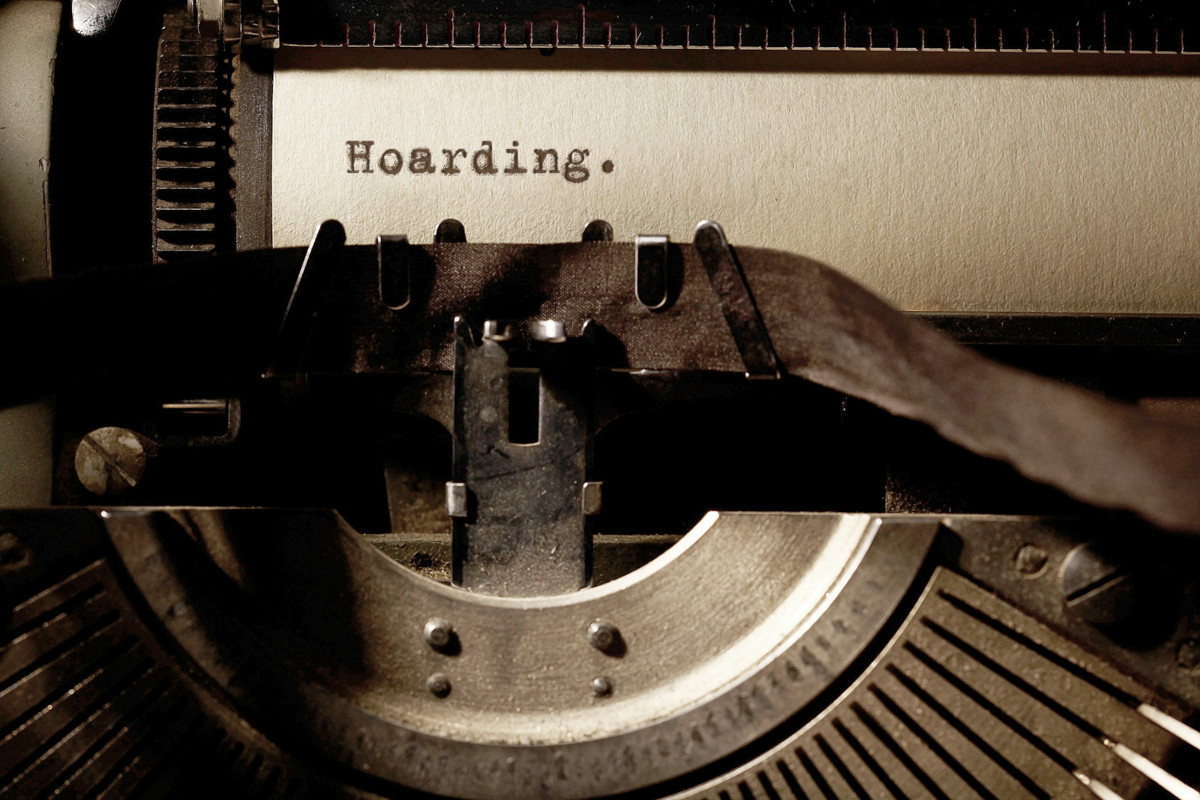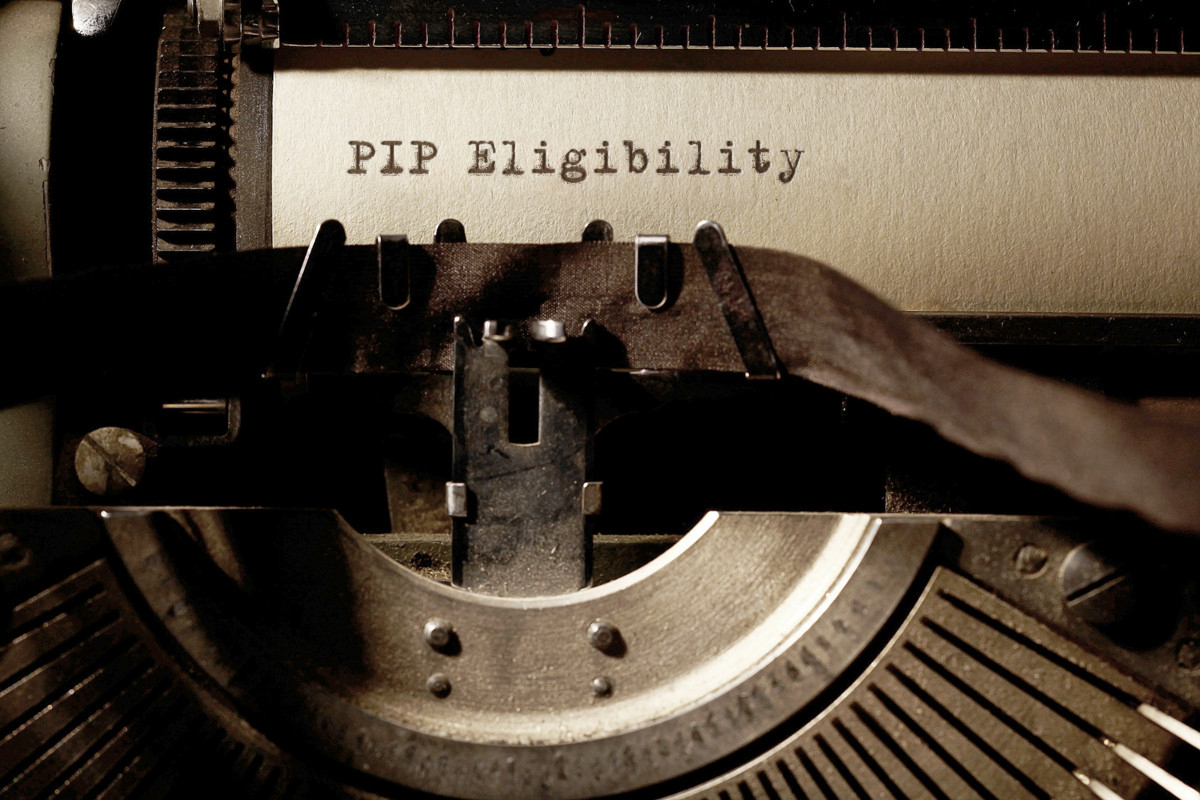Learning To Declutter.
Hoarding, a condition often sensationalized in the media and misunderstood by the public, is a complex psychological disorder that affects millions of individuals worldwide. Characterized by the excessive acquisition of items and an inability to discard them, hoarding can lead to severe emotional, physical, social, and financial consequences. This article aims to shed light on the intricacies of hoarding, its causes, effects, and potential treatments.
What is Hoarding?
Hoarding disorder is defined by the American Psychiatric Association in the Diagnostic and Statistical Manual of Mental Disorders (DSM-5) as a persistent difficulty discarding or parting with possessions, regardless of their actual value. This difficulty is due to a perceived need to save the items and the distress associated with discarding them. As a result, living spaces become cluttered to the point that their intended use is impaired, causing significant distress or impairment in functioning.
Causes of Hoarding
The exact causes of hoarding are not fully understood, but several factors are believed to contribute to its development:
- Genetics: Research suggests a genetic component, as hoarding tends to run in families. Individuals with a family history of hoarding are more likely to exhibit hoarding behaviors themselves.
- Brain Function and Structure: Neuroimaging studies have indicated that people with hoarding disorder may have abnormalities in brain regions involved in decision-making, impulse control, and emotional regulation.
- Trauma and Stress: Traumatic life events, such as the death of a loved one, divorce, or significant loss, can trigger hoarding behaviors as a coping mechanism.
- Psychological Factors: Conditions such as anxiety, depression, obsessive-compulsive disorder (OCD), and attention-deficit/hyperactivity disorder (ADHD) are often comorbid with hoarding disorder.
Symptoms and Diagnosis
Hoarding disorder is characterized by several key symptoms:
- Excessive Acquisition: Continually acquiring items that are not needed or for which there is no space.
- Difficulty Discarding Items: Extreme distress or indecision about getting rid of possessions, leading to accumulation.
- Cluttered Living Spaces: Spaces become so cluttered that they can no longer be used for their intended purpose, such as kitchens becoming unusable for cooking or bedrooms for sleeping.
- Distress and Impairment: The condition causes significant distress or impairment in social, occupational, or other important areas of functioning.
Diagnosis is typically made through clinical interviews and assessments that evaluate the severity and impact of hoarding behaviors on the individual’s life.
Impact of Hoarding
The repercussions of hoarding extend beyond the individual to affect their family, community, and overall quality of life:
- Health Risks: Accumulation of clutter can create unsafe living conditions, increasing the risk of falls, fires, and unsanitary environments that can lead to health problems.
- Social Isolation: Individuals with hoarding disorder often feel ashamed and embarrassed about their living conditions, leading to social withdrawal and isolation.
- Financial Strain: The compulsive buying associated with hoarding can lead to significant financial problems, including debt and bankruptcy.
- Family Strain: Family members may experience stress, frustration, and helplessness when dealing with a loved one’s hoarding behaviors, which can strain relationships.
Treatment and Management
Effective treatment for hoarding disorder typically involves a combination of therapeutic approaches:
- Cognitive Behavioral Therapy (CBT): This is the most commonly used therapy, focusing on changing the thoughts and behaviors that contribute to hoarding. It includes strategies for organizing, decision-making, and developing coping skills.
- Medications: In some cases, antidepressants or anti-anxiety medications may be prescribed to help manage symptoms, particularly if there is an underlying condition such as depression or OCD.
- Support Groups: Connecting with others who have similar experiences can provide emotional support and practical advice for managing the disorder.
- Professional Organizers: Working with professional organizers who understand hoarding can help individuals gradually declutter and organize their living spaces.
Commonly Hoarded Items – Individuals with a hoarding disorder can hoard a wide variety of items, including:
- Papers: Newspapers, magazines, mail, and important documents are commonly hoarded due to a perceived need to keep information.
- Clothing: Old, worn-out, or never-used clothes often accumulate, as individuals struggle to part with them due to sentimental value or perceived future need.
- Books: Collections of books can become overwhelming, often kept due to an attachment to the knowledge they contain.
- Food: Non-perishable and sometimes even perishable food items can be hoarded, leading to health hazards and unsanitary conditions.
- Household Items: Broken appliances, empty containers, and various knick-knacks are often saved for their perceived usefulness or potential repurposing.
- Trash and Recyclables: Items with no practical value, such as empty bottles, old packaging, and broken items, are often retained due to an inability to discard them.
- Animals: Animal hoarding, a subtype of hoarding disorder, involves keeping an excessive number of pets without the ability to provide proper care.
- Sentimental Items: Objects with sentimental value, such as gifts, souvenirs, and family heirlooms, are often hoarded to preserve memories and emotional connections.
- Electronics: Outdated or non-functional electronics, like old phones and computers, are commonly kept due to the belief they might be useful in the future.
- Furniture: Excessive amounts of furniture, often old or broken, can create significant clutter, obstructing living spaces.
- Craft Supplies: Including yarn, fabric, beads, paints, and other materials intended for future projects that often never get completed.
- Toys: Children’s toys, sometimes kept long after children have outgrown them, or collected due to sentimental value or as potential collectibles.
- Tools: Various tools and hardware, often kept with the belief they will be useful for future repairs or projects.
- Kitchen Utensils: Excessive amounts of kitchen gadgets, cookware, and utensils that may be broken or rarely used.
- Cleaning Supplies: Stockpiles of cleaning products, often far more than what is necessary for regular use.
- Gardening Supplies: Pots, seeds, tools, and other gardening materials, sometimes kept despite a lack of gardening activity.
- Beauty Products: Old or unused makeup, skincare products, and toiletries, often kept long past their expiration dates.
- Bags and Containers: Plastic bags, boxes, jars, and other containers that are saved for potential reuse.
- Hobby Items: Collections related to hobbies, such as sports memorabilia, model kits, or collections like stamps and coins, often grow beyond manageable levels.
- Jewelry and Accessories: Excessive amounts of costume jewelry, scarves, belts, and other accessories that are rarely worn but kept for their perceived value or beauty.
These additional items further illustrate the wide range of possessions that individuals with hoarding disorder may accumulate, often resulting in significant clutter and distress.
“Navigating Landlord-Tenant Dynamics: Implications and Considerations”
As a tenant, failing to maintain a clutter-free living space not only risks fines but also the possibility of eviction notices. Holding onto possessions that serve no practical purpose can lead to severe consequences, both financially and emotionally. It’s essential to train your mind to distinguish between necessity and desire, questioning whether an item truly adds value to your life. While you may justify keeping things for their potential usefulness in the future, the reality is that day may never arrive. Learning to let go is crucial, akin to releasing trauma or negativity endured, including mental and physical abuse. While accumulating possessions might provide a false sense of security, it can harbor hidden dangers. Excessive paper clutter, for example, can pose fire hazards, and hoarding items susceptible to rot can lead to germ contamination. Prioritizing safety and well-being means embracing the practice of decluttering and letting go of unnecessary belongings.
“Understanding the Distinctions: Hoarding Disorder vs. Obsessive-Compulsive Disorder (OCD)”
Hoarding disorder is often considered distinct from obsessive-compulsive disorder (OCD), although there are overlapping features between the two conditions. Both hoarding disorder and OCD involve repetitive behaviors and intrusive thoughts that cause distress, but they differ in several key aspects:
- Nature of Obsessions and Compulsions: In OCD, obsessions are intrusive thoughts, images, or urges that cause anxiety or distress, while compulsions are repetitive behaviors or mental acts performed in response to the obsessions to reduce anxiety. In hoarding disorder, the primary symptoms are excessive acquisition of possessions and difficulty discarding them, rather than specific obsessions and compulsions.
- Focus of Concern: In OCD, the focus of concern is typically on specific themes such as contamination, symmetry, or harm. In hoarding disorder, the focus is on the possessions themselves and the perceived need to save them, rather than on particular obsessional themes.
- Response to Treatment: While both OCD and hoarding disorder may respond to certain treatments such as cognitive-behavioral therapy (CBT), the specific interventions may differ. Hoarding disorder often requires specialized treatment approaches that address the unique features of the disorder, such as difficulties with decision-making and emotional attachment to possessions.
- Neurobiological Differences: Neuroimaging studies have suggested that there may be differences in brain activity and structure between individuals with OCD and those with hoarding disorder, although more research is needed to fully understand these differences.
However, it’s worth noting that hoarding behaviors can occur as a symptom of OCD in some cases, particularly when the hoarding is driven by obsessions related to fears of losing important information or items. In such cases, the hoarding behavior would be considered a manifestation of the individual’s OCD rather than a hoarding disorder per se.
Overall, while hoarding disorder shares some similarities with OCD, it is considered a distinct diagnosis with its own set of diagnostic criteria and treatment approaches.
Is Hoarding Considered Eligible for Personal Independence Payments?

Understanding the criteria for eligibility for Personal Independence Payments (PIP) can be complex, especially when it comes to conditions like hoarding disorder. While PIP is designed to provide financial support for individuals with disabilities or long-term health conditions, determining eligibility for hoarding disorder can be nuanced. Therefore, to prove you have a problem, you must be diagnosed with the disorder, backed by a medical history, which you need to prove with photographic evidence of your hoarding, or allow social workers to come and inspect your property. A health journal also helps DWP & NHS understand you and how you are dealing with your disability daily.
The Complex Reasons Behind Hoarding Behavior
Hoarding, often misunderstood and misrepresented, is a complex psychological phenomenon that manifests in the excessive accumulation of possessions and the reluctance to discard them.
While the cluttered living spaces characteristic of hoarding may seem perplexing to outsiders, the underlying motivations driving this behavior are deeply rooted in individual psychology and experiences. Let’s explore some of the reasons why someone may hoard and unravel the intricate layers of this disorder.
Fear of Letting Go
For many individuals who hoard, the act of discarding possessions triggers intense anxiety and distress. This fear of letting go stems from a variety of sources, including a deep-seated belief that they may need the items in the future or that discarding them will result in loss or harm. The possessions serve as a form of security blanket, providing a sense of comfort and control in an unpredictable world. Whether it’s old newspapers, broken trinkets, or seemingly worthless items, each possession holds significance and represents a tangible link to the past or a potential future need.
Grief and Holding onto Memories
Hoarding can also be a coping mechanism for dealing with grief and loss. In times of emotional upheaval, such as the death of a loved one or the end of a significant relationship, individuals may cling to possessions associated with the past as a way of preserving memories and maintaining a connection to the person or event. Each item becomes imbued with sentimental value, serving as a tangible reminder of happier times or a source of comfort amidst pain and loneliness. The fear of forgetting or losing cherished memories drives the compulsion to hoard, even if it means sacrificing living space and functionality.
Feeling Safe Amongst Possessions
In some cases, hoarding is driven by a profound sense of insecurity and the belief that one’s possessions offer protection and stability. For individuals grappling with feelings of vulnerability or instability, surrounding themselves with material possessions provides a sense of safety and reassurance. The cluttered environment acts as a physical barrier, shielding them from external threats and offering a semblance of control over their surroundings. However, this perceived safety is often illusory, as the clutter itself can pose hazards and exacerbate feelings of isolation and despair.
Conclusion
Hoarding is a serious disorder with far-reaching consequences. Understanding its causes, recognizing its symptoms, and seeking appropriate treatment can significantly improve the lives of those affected. By increasing awareness and compassion, we can better support individuals in overcoming the challenges associated with hoarding and help them lead healthier, more organized lives. Hoarding is a serious and often misunderstood disorder that requires compassionate and comprehensive treatment. Understanding the underlying causes, recognizing the symptoms, and seeking appropriate help can significantly improve the lives of those affected by hoarding. Through ongoing research and increased awareness, we can better support individuals in overcoming the challenges associated with this condition and promote healthier, more organized lives. Hoarding is a multifaceted disorder with roots in deep-seated fears, unresolved grief, and a quest for security and control. Understanding the underlying motivations driving hoarding behavior is essential for providing effective support and intervention. While the cluttered living spaces may seem chaotic and overwhelming, each possession holds a story, a memory, or a fragment of identity for the individual.By addressing the emotional and psychological needs underpinning hoarding, we can help individuals navigate towards healing and reclaiming their lives from the grip of clutter.
I can say I am a makeup hoarder; I buy makeup even though I may never use it. My mother taught me, “Do you want it or do you need it”? And clearly, that has not resonated with me. Note to self, it’s time to declutter...

Zena graduated with a Distinction in MSc International Business Management | First Class Graduate in BA (Hons) Marketing Management | Distinction in CIM Level 4 Digital Marketing Techniques
Zena is the co-founder and sub-editor of DisabledEntrepreneur.UK & DisbilityUK.co.uk Zena may look normal to an untrained eye even though she has an invisible disability, thanks to a great support network she is able to adapt into society and has additional help, whenever she needs it.
Zena aspires to be a role model for young people with Multiple Sclerosis. She too suffers from MS and encounters chronic pain symptoms in the legs and has noticed cognitive impairment and muscle weakness.
Recognized as a 'Cosmetic Champion Influencer', she celebrates the innovation, glamour, and empowering spirit that define Disabled Entrepreneur - Disability UK Affiliate Partner Beauty Ranges.
When it comes to marketing Zena works remotely which does not put an added strain on her health. She writes articles and posts on an array of subjects, namely health and wellbeing, business,. She also does social media management, content creation and digital marketing, whilst promoting DisabledEntrepreneur.uk and DisabilityUK.co.uk brands.





